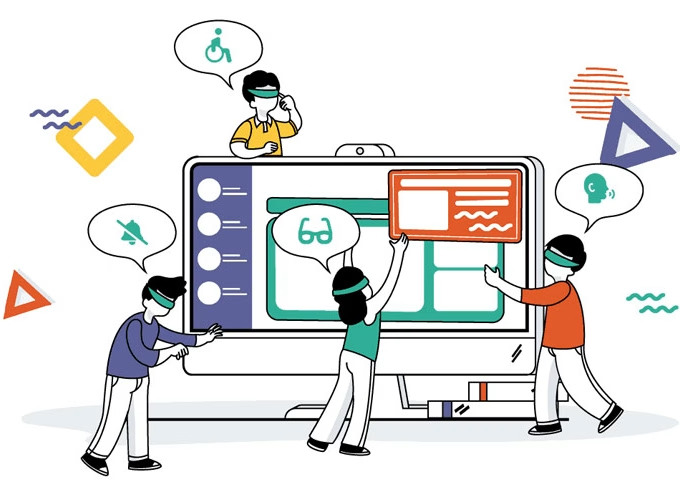A business continuity plan (BCP) is essential for any organization, regardless of size or industry. It outlines the procedures and strategies that a company will follow. This ensures the continuation of critical operations in case of unexpected events.
Comprehensive Business Continuity Plan Checklist
1. Business Impact Analysis (BIA)
The first step in creating a business continuity plan checklist is conducting a thorough business impact analysis. This involves identifying the critical functions of your business.
It also evaluates potential risks that may disrupt them. The BIA should also include a list of priorities, strategies, and estimated recovery times for each function.
2. Emergency Response Plan
It should cover evacuation plans, communication protocols, and emergency contacts. The plan should also include a designated crisis management team. They will be responsible for executing the response plan.
Regular training and testing of the emergency response plan are also crucial to ensure its effectiveness.
3. Data Backup and Recovery Plan
Data is a critical asset for any organization for disaster preparedness. Losing it can have severe consequences. A data backup and recovery plan should outline the procedures.
This is for regularly backing up important data. It can also be restored in case of loss or corruption.
It should also include off-site storage solutions and a designated team. They will be responsible for data recovery efforts. Regular testing of the plan is necessary to ensure its accuracy and effectiveness.
The plan is a solution for operational resilience. It must be dynamic and adaptable to evolving business needs and technologies. This involves regularly reviewing and updating the plan. It can accommodate new data types and sources.
4. Crisis Communication Plan
Effective communication is crucial during a crisis for both internal and external parties. A crisis communication plan should outline communication procedures with employees.
It should include templates for different types of messages and designated spokespersons. Regular testing of the plan is essential. This will ensure that communication channels are functional and efficient.
5. Alternate Worksite Plan
In case of a disruption, having an alternate worksite can minimize downtime. It helps to keep operations running smoothly.
This plan should include the designated location, equipment, and resources needed. It also includes procedures for relocating employees.
Regular testing of this plan is crucial to identify potential challenges. It is also essential to have a designated team responsible for managing the alternate worksite plan.
6. Supply Chain and Vendor Management Plan
Many businesses rely on external vendors and suppliers for their operations. A supply chain plan should outline procedures for identifying critical vendors. It can assess their risk profiles and establish contingency plans in case of disruptions.
Regular communication and collaboration with key vendors are necessary. It ensures their BCPs are in place to support your organization.
Making a Business Continuity Plan Checklist
Creating a business continuity plan checklist is a cornerstone of operations. By incorporating these elements, your organization can be equipped to manage unexpected disruptions.
Remember that a BCP is a living document. This requires regular review and updates to remain effective. By investing in a robust BCP, your organization can safeguard its operations. It will also ensure long-term success and growth in an unpredictable business landscape.
If you enjoyed this article and would like to read more like it, please check out the rest of our blog today.













